Optimal Times for Laurel Removals
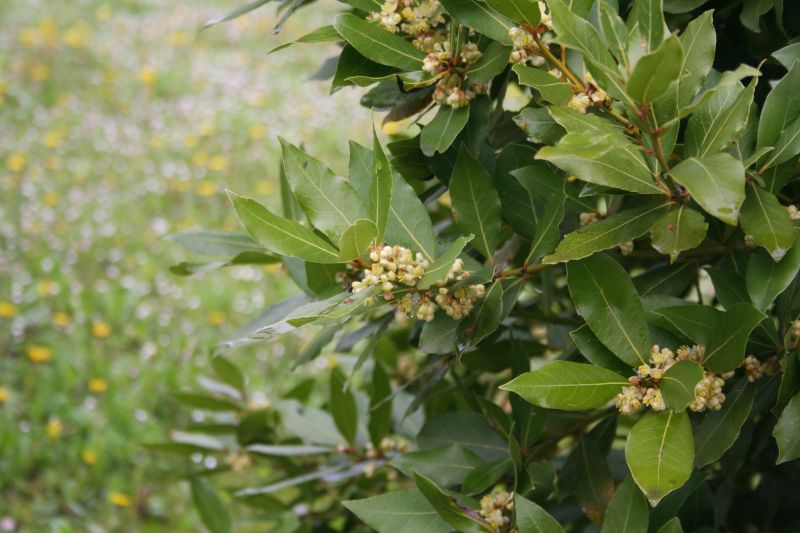
Spring offers favorable weather conditions and active growth, making it an ideal time for Laurel removals.
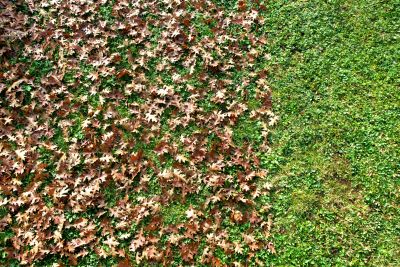
Late summer and early fall provide stable weather and less foliage, facilitating efficient removal processes.
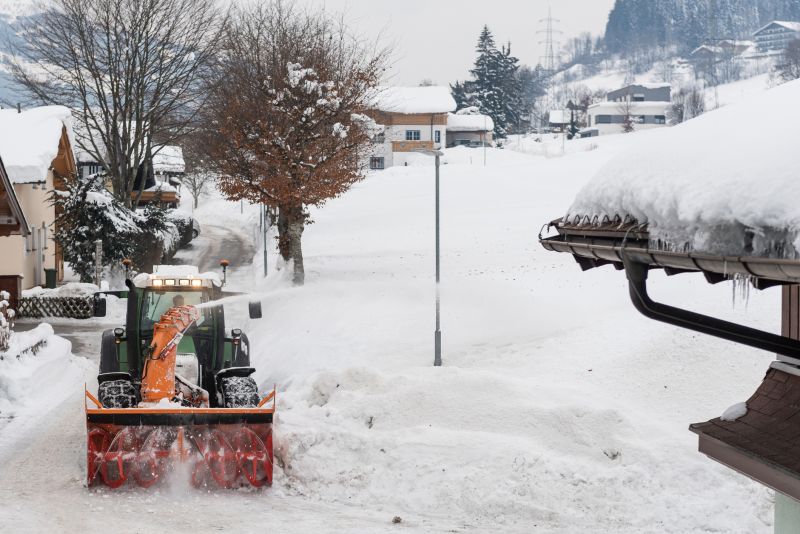
Winter months are generally less suitable due to cold temperatures and potential weather disruptions.

Ways to make Laurel Removals work in tight or awkward layouts.
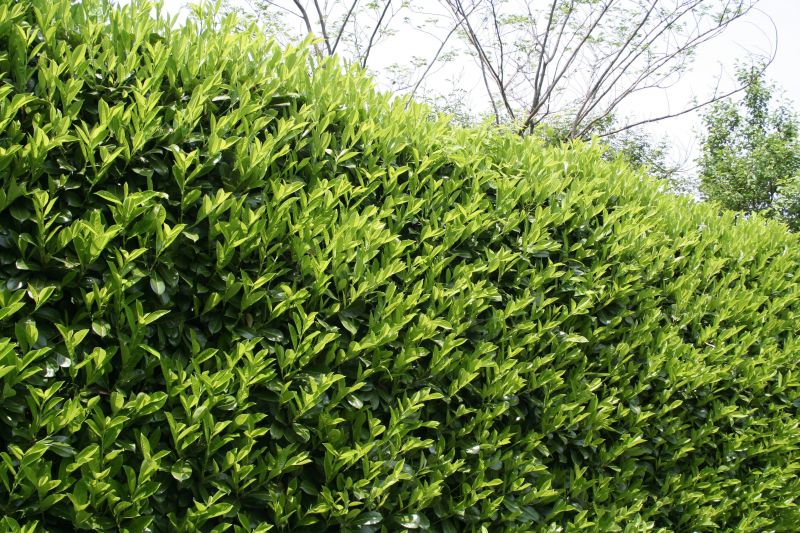
Popular materials for Laurel Removals and why they hold up over time.

Simple add-ons that improve Laurel Removals without blowing the budget.

High-end options that actually feel worth it for Laurel Removals.

Finishes and colors that play nicely with Laurel Removals.
Laurel removals are typically scheduled during specific times of the year to maximize safety and efficiency. The most common periods are during spring and late summer, when weather conditions are optimal for outdoor work. Planning removals during these times can help reduce delays caused by adverse weather and ensure a smoother process.
Statistical data indicates that scheduling Laurel removals in spring can result in up to 20% faster completion times due to increased daylight hours and favorable temperatures. Additionally, avoiding winter months minimizes risks associated with snow, ice, and cold-related delays, which can extend project timelines and increase costs.
Spring's moderate temperatures and increased daylight support efficient removal activities and healthier plant recovery.
Late summer offers stable weather, less foliage, and easier access to Laurel plants for removal.
Avoiding winter reduces the likelihood of weather-related interruptions and safety hazards.
Scheduling during optimal seasons minimizes disruption to surrounding landscaping and reduces recovery time.
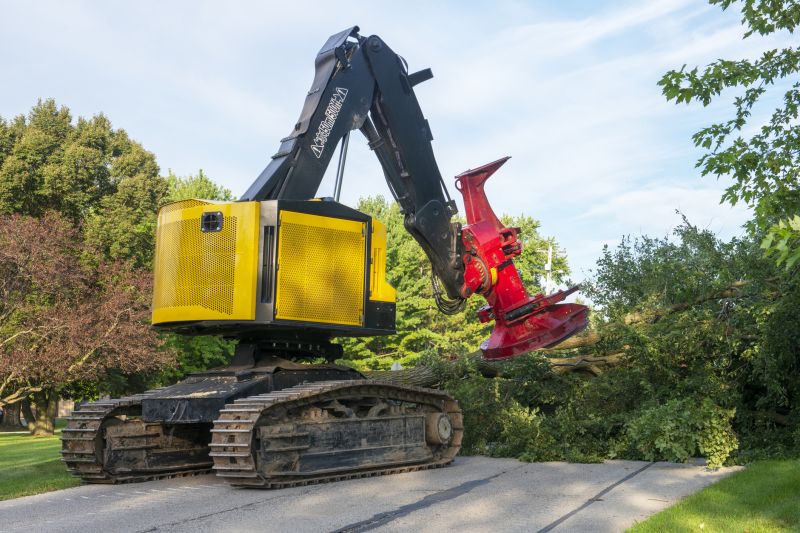
Specialized equipment ensures safe and efficient removal of Laurel plants.
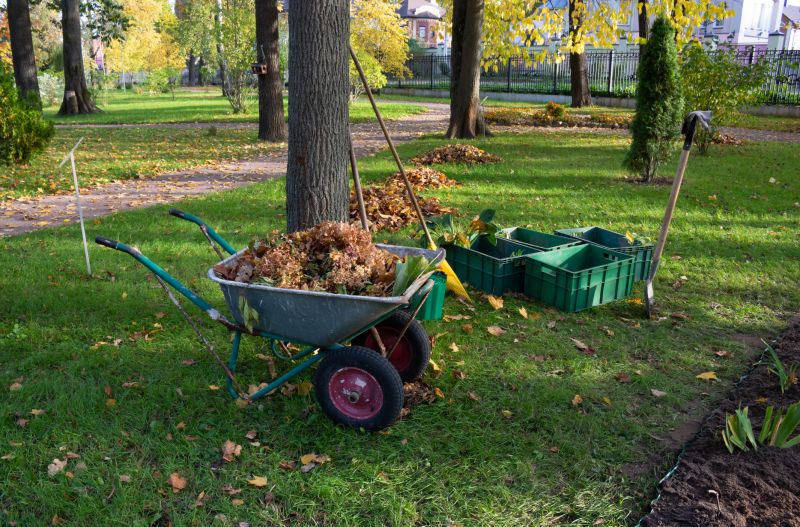
A well-prepared work site during spring facilitates smooth removal operations.
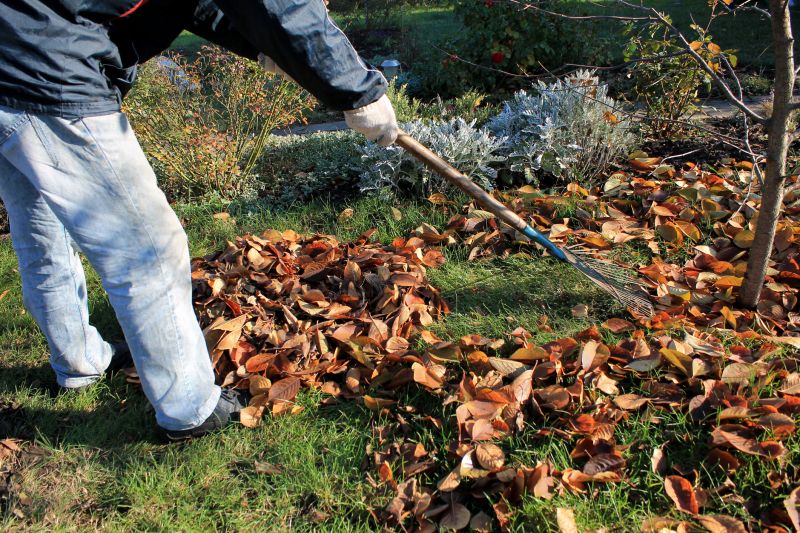
Fall is an optimal time for completing Laurel removals before winter sets in.
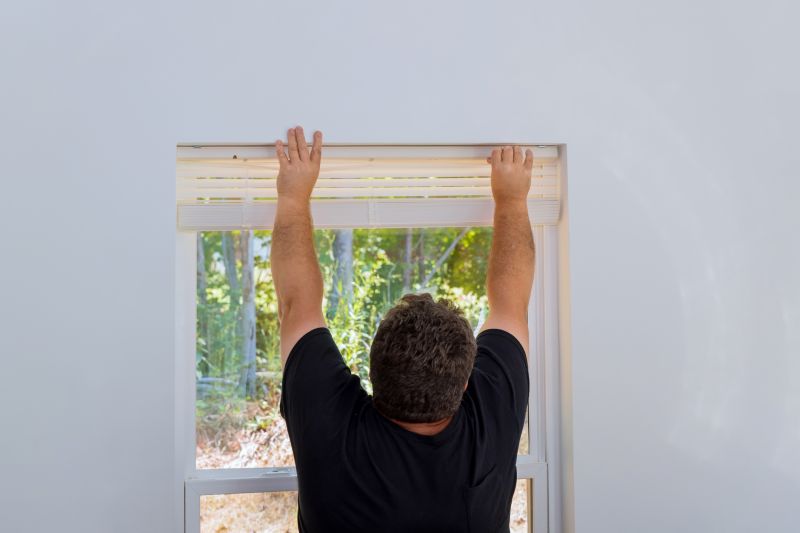
Monitoring weather helps schedule removals during the most suitable periods.

Professional crews efficiently remove Laurel during favorable seasons.
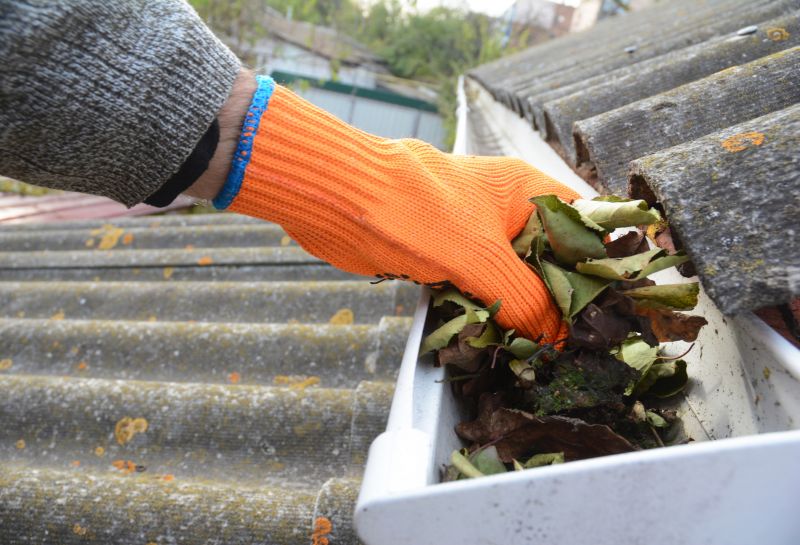
Cleanup is easier when performed in good weather conditions.
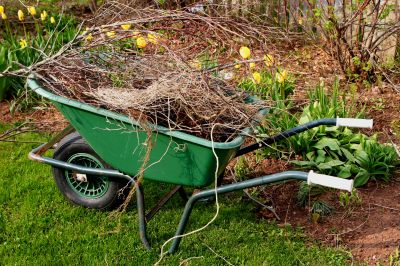
Proper storage of tools during off-peak seasons ensures readiness for scheduled removals.
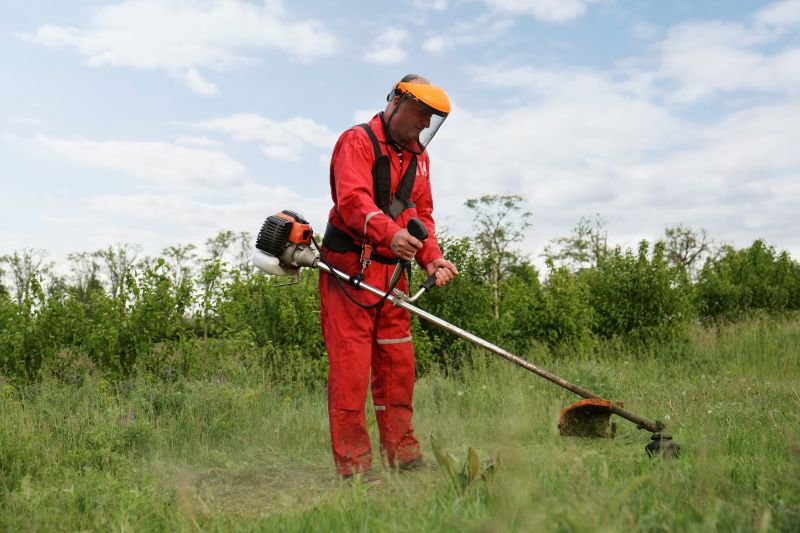
Safety gear usage is critical during Laurel removal, especially in adverse weather.
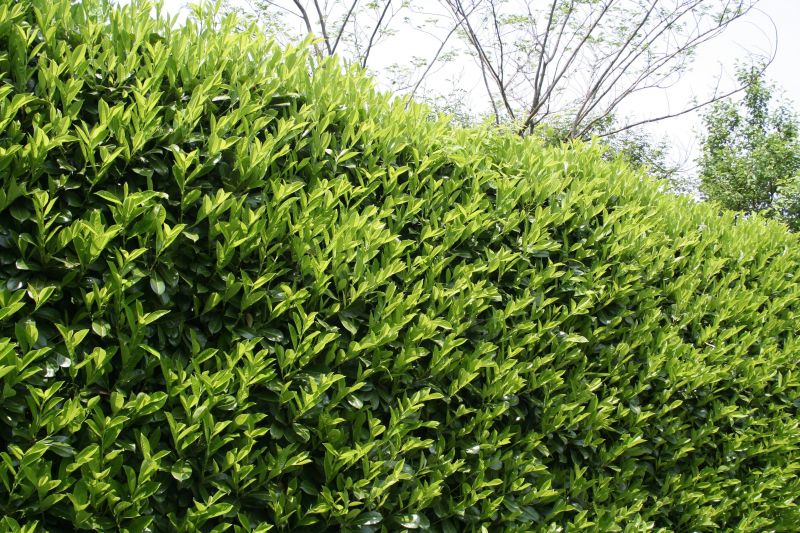
Seasonal timing affects removal speed, safety, and plant recovery.
| Season | Advantages |
|---|---|
| Spring | Optimal weather, longer daylight, faster project completion. |
| Late Summer | Stable weather, less foliage, easier access. |
| Fall | Before winter, less foliage, good weather conditions. |
| Winter | Generally not recommended due to cold and weather hazards. |
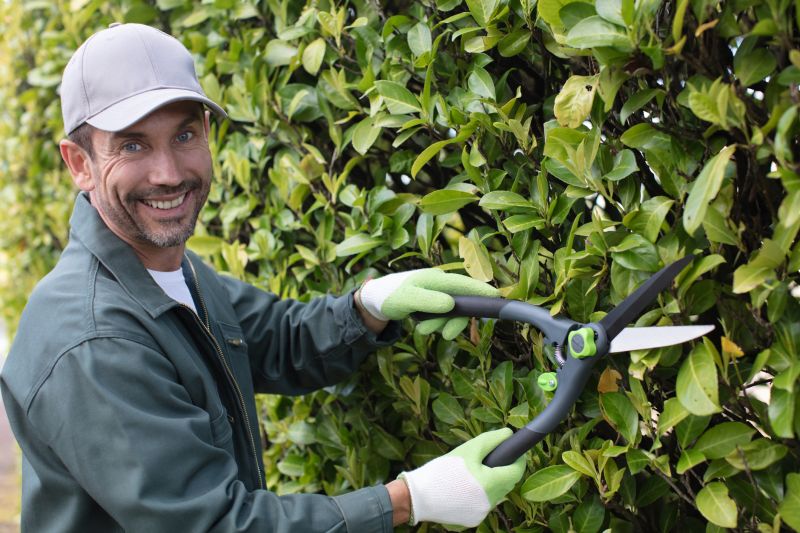
Spring offers ideal conditions for Laurel removal projects.
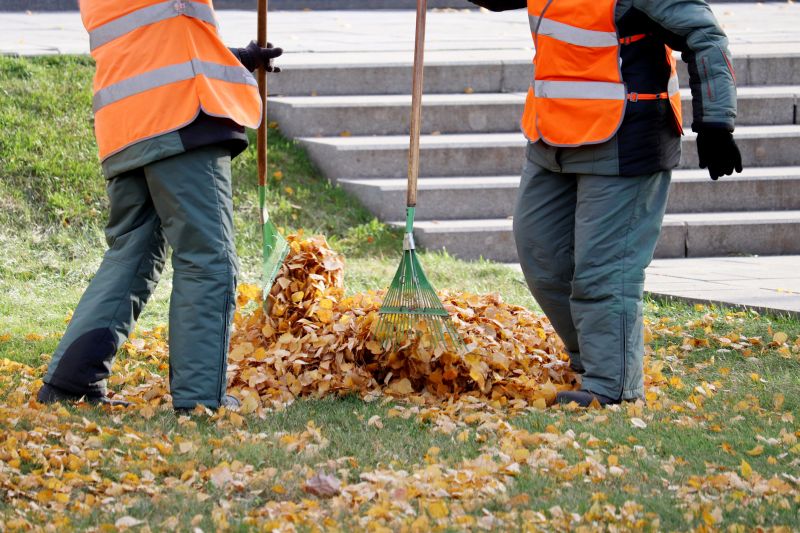
Mid to late summer provides stable weather for removal activities.
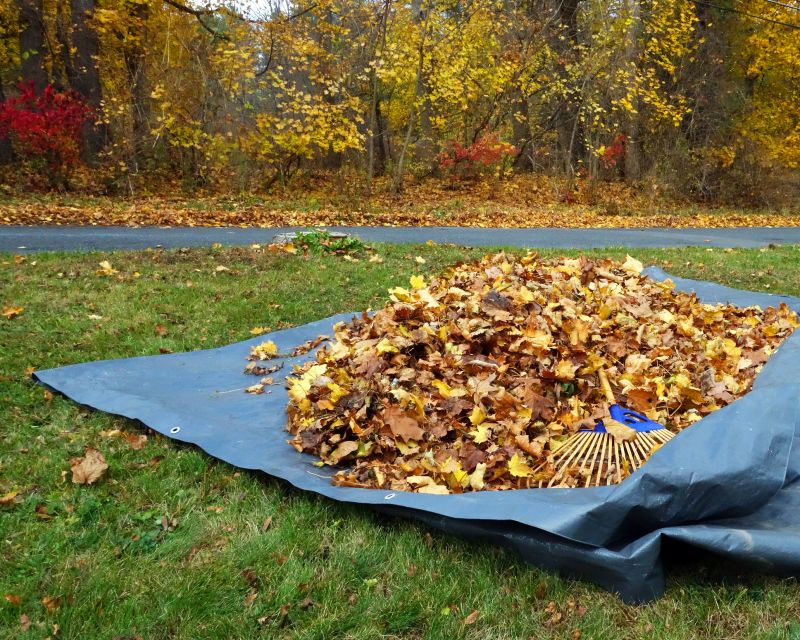
Fall is suitable for completing removals before winter.
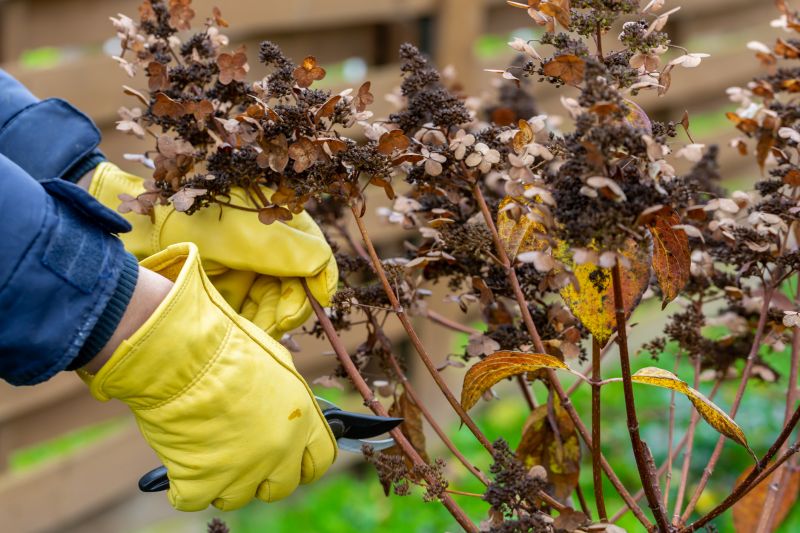
Winter is generally less suitable for outdoor removal work.
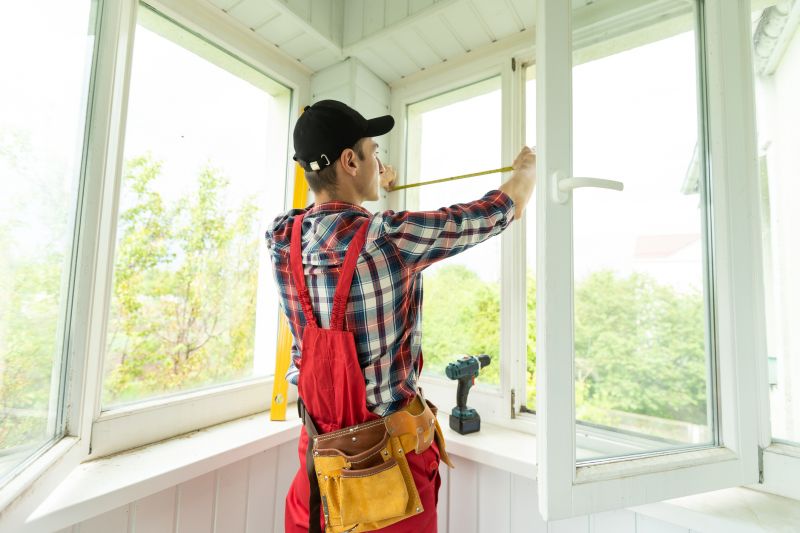
Little measurements that prevent headaches on Laurel Removals day.
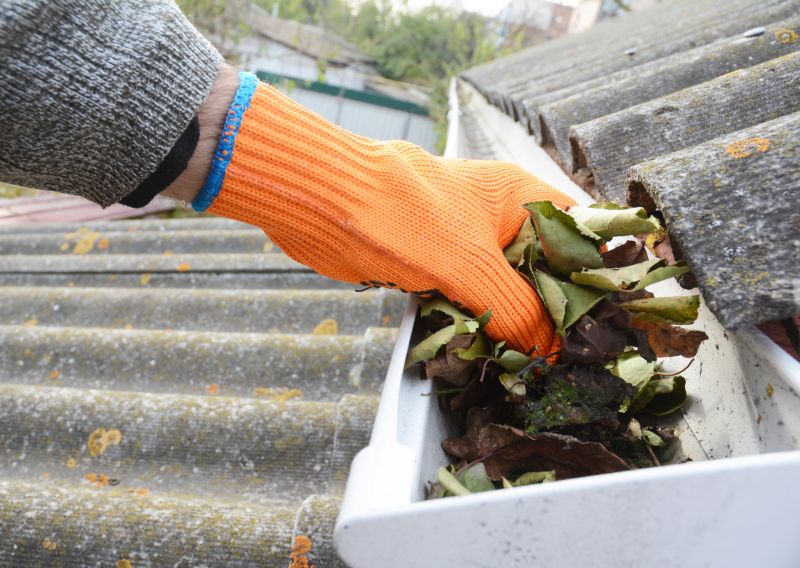
A 60-second routine that keeps Laurel Removals looking new.

A frequent mistake in Laurel Removals and how to dodge it.

Small tweaks to make Laurel Removals safer and easier to use.
Interested parties are encouraged to contact for more information or to schedule Laurel removals during the most appropriate season. Proper timing can contribute to a safer, more effective removal process and healthier landscape recovery.
